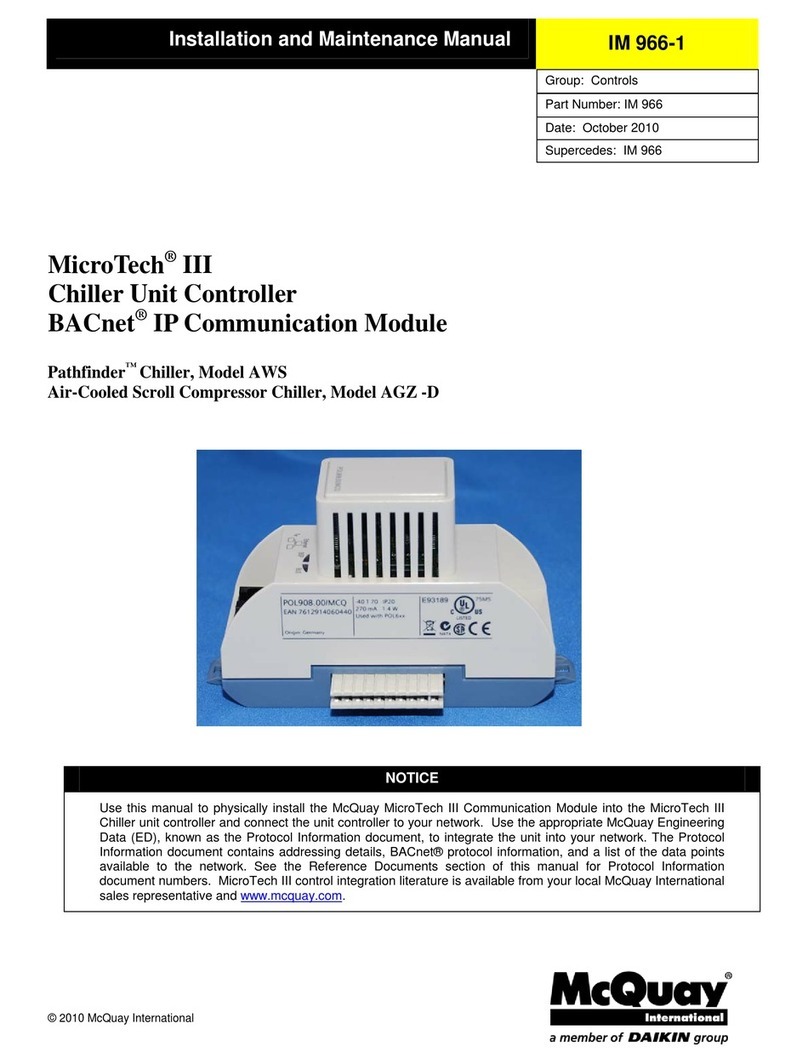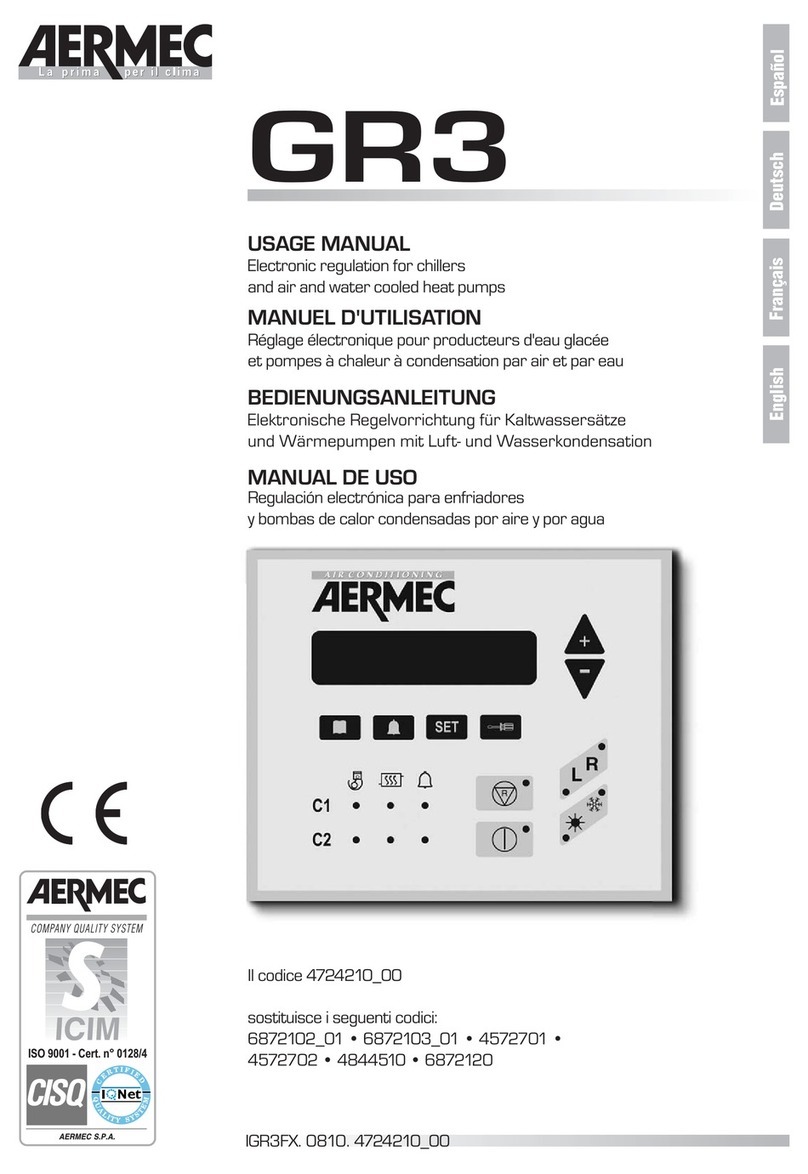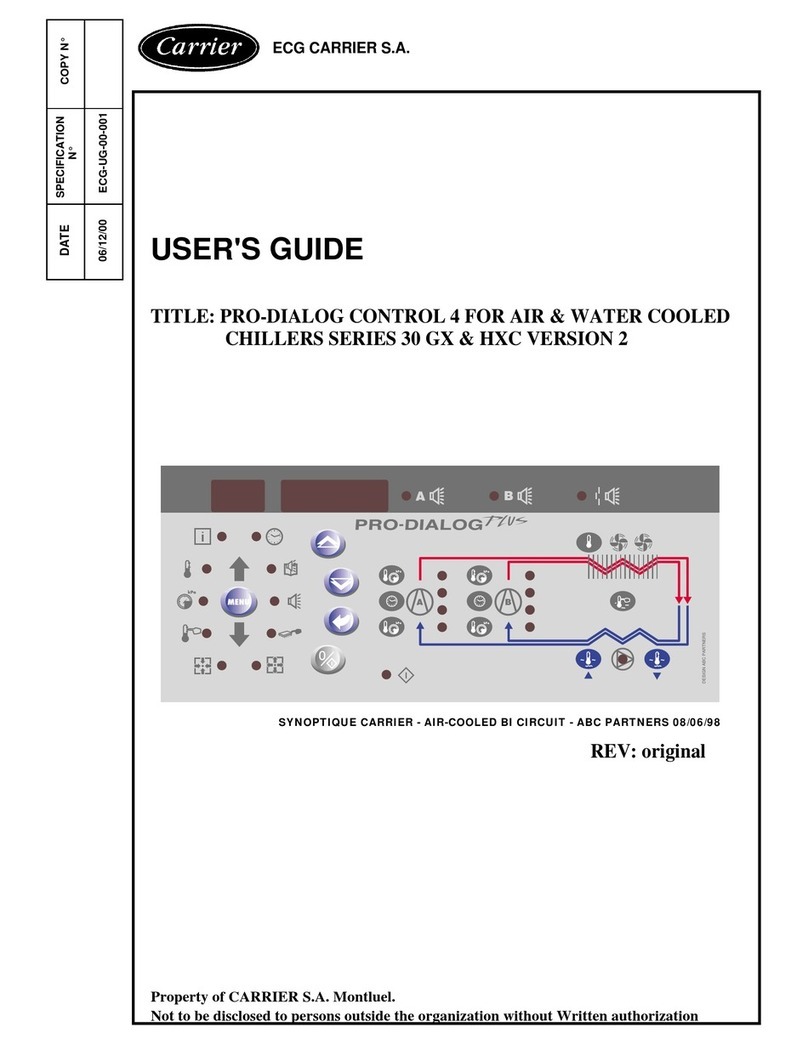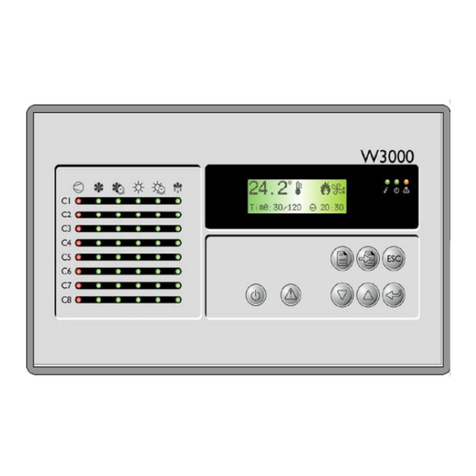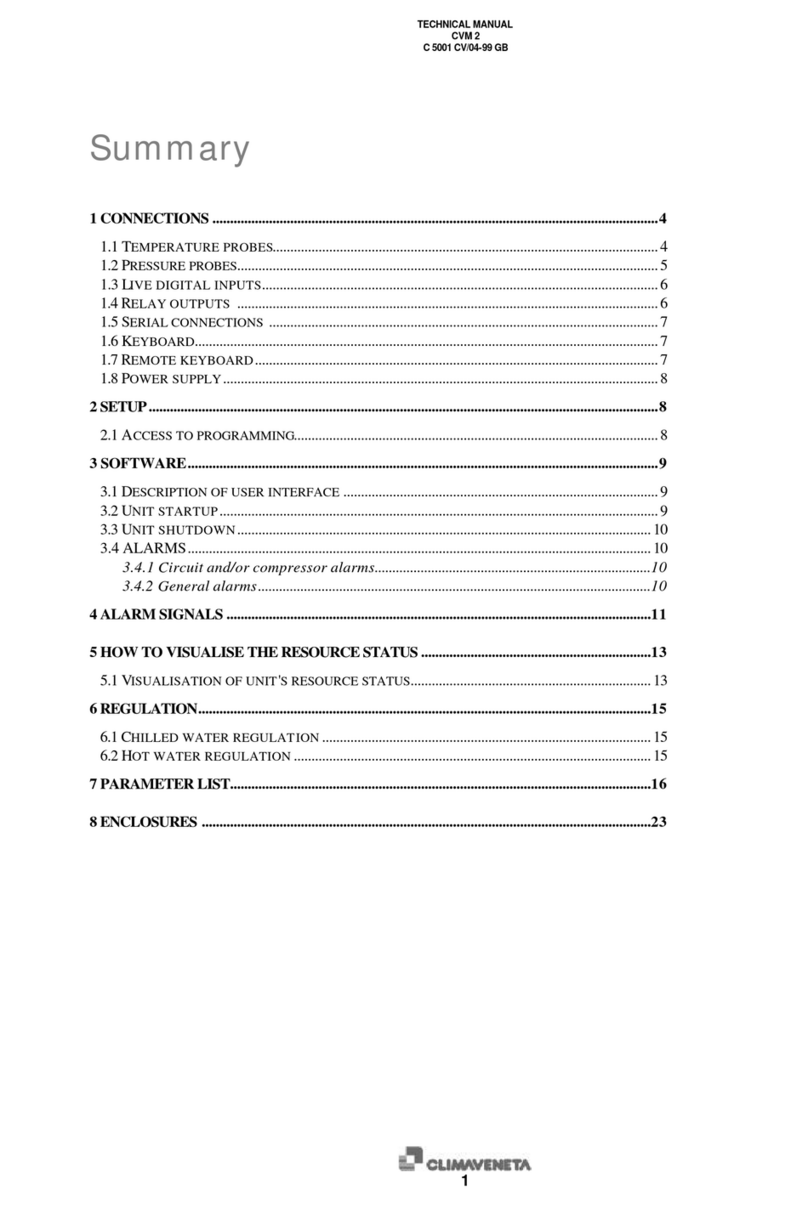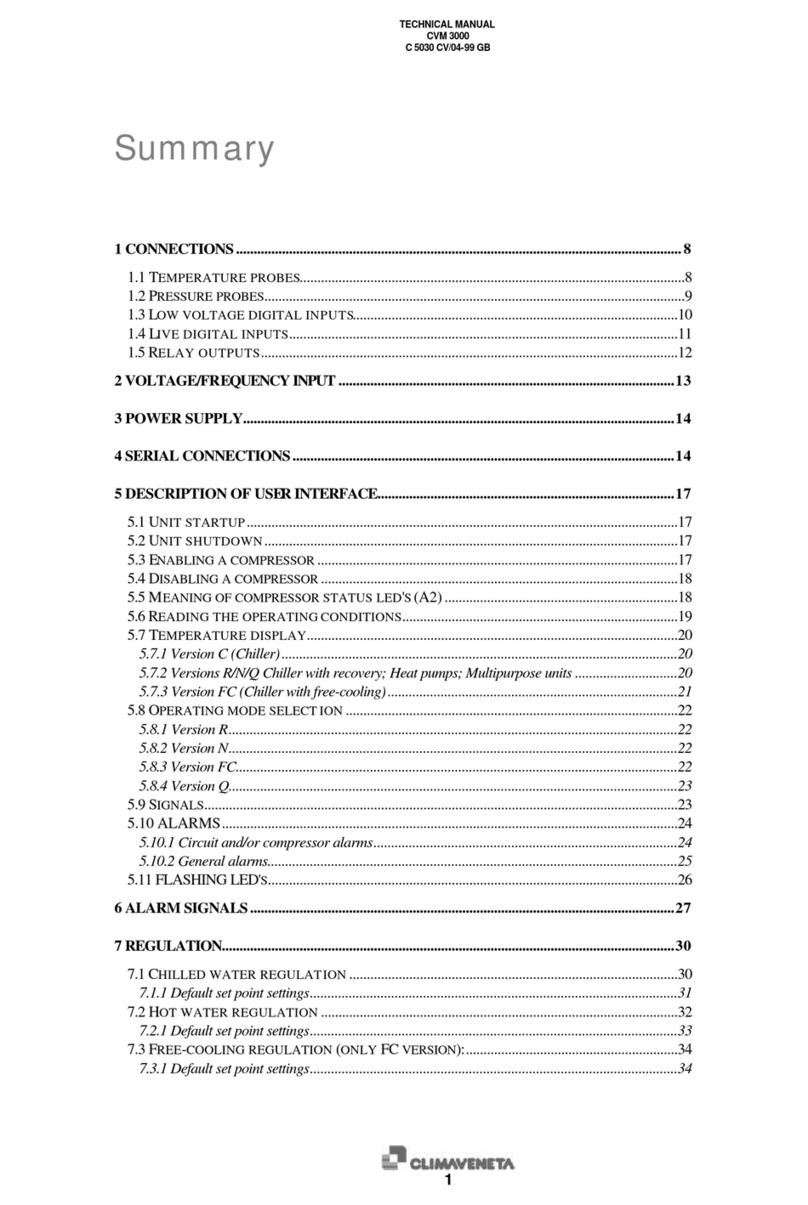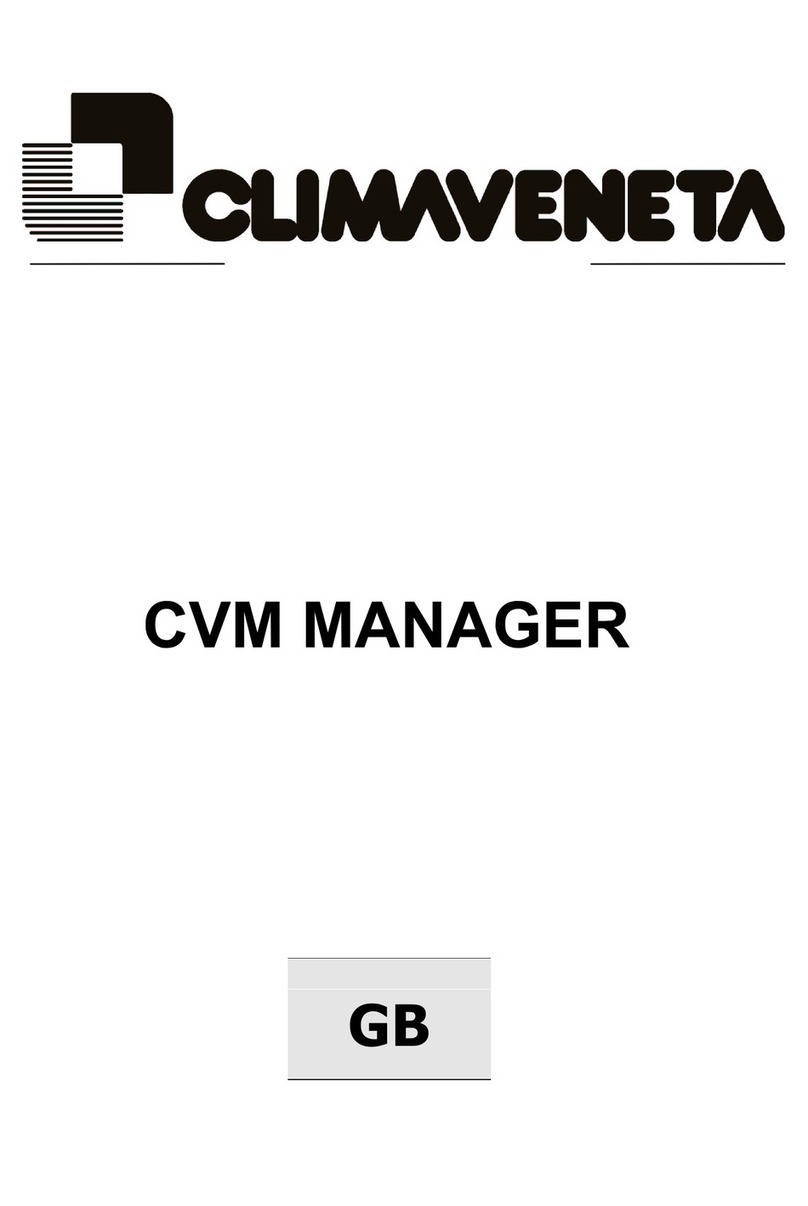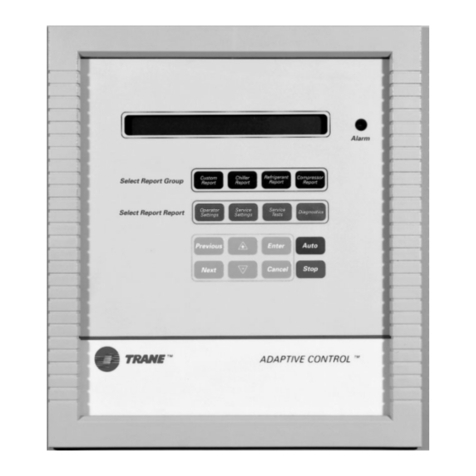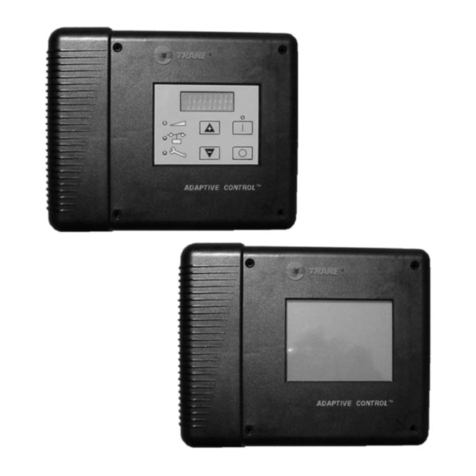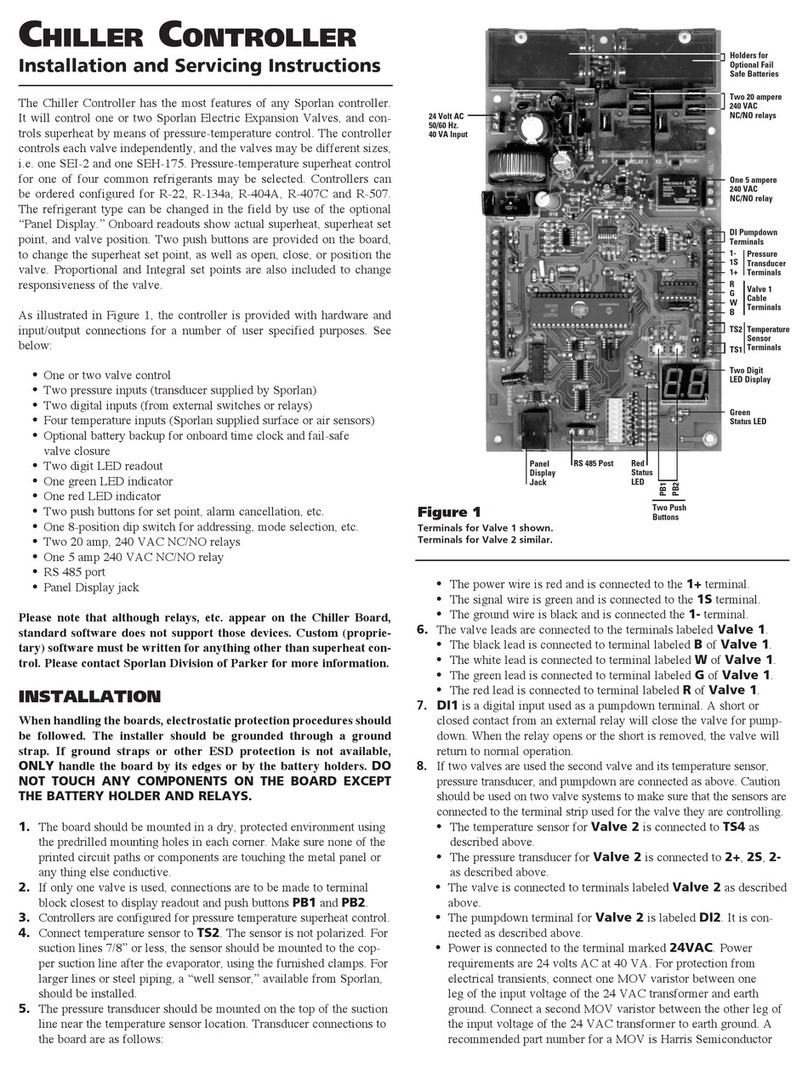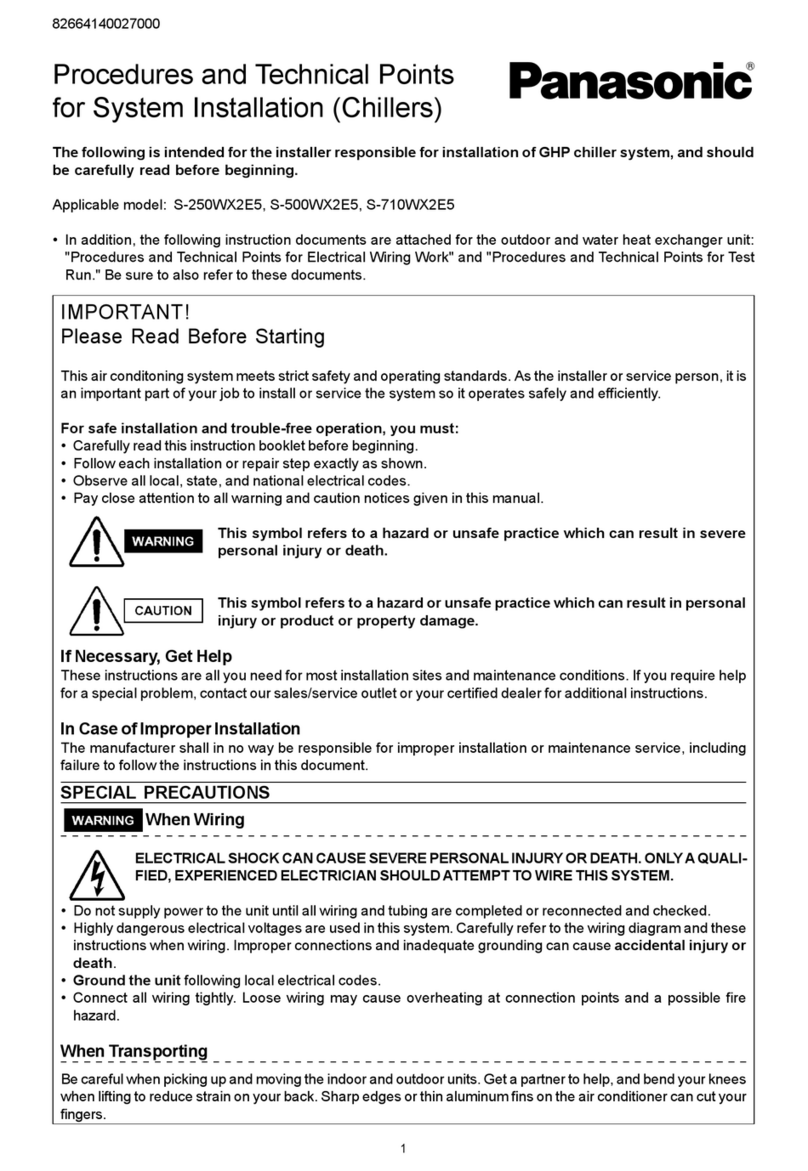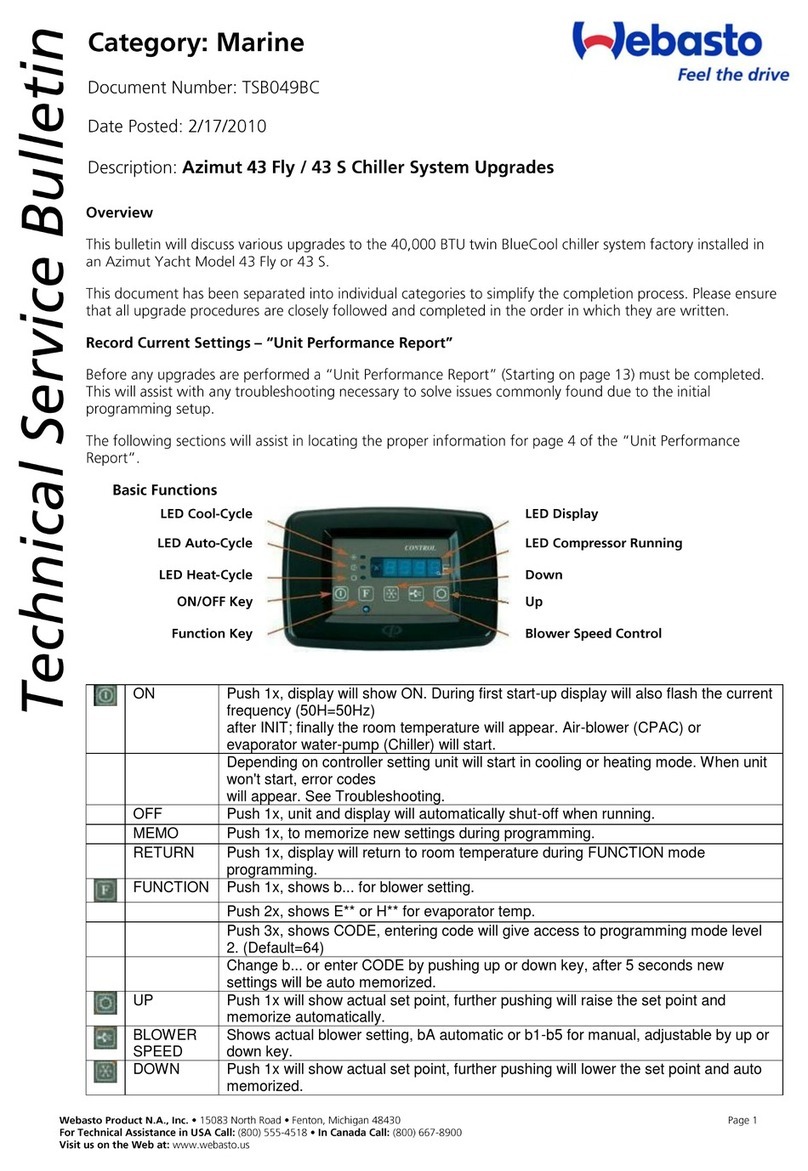C0240102-01-10-GB
9
For W3000 and W3000 compact (if the clock board is fitted)
Make sure that the “Clock board not installed” is not displayed in the “clock menu”.
Check that the “Time bands enabled” parameter in the “user menu” is set to “Yes”.
SWITCHING ON: Set the required switching on time in the “clock menu”. The unit switches on
when the set time is reached. The “On from time bands” message appears in the main mask
to show that the unit has been switched on. N.B.: The unit does not switch on if it is set to
“Off from keypad” or “Off from digital input”.
SWITCHING OFF:set the required switching off time in the “clock menu”. The unit switches
off when the set time is reached. The “Off from time bands” message appears in the main
mask to show that the unit has been switched off.
Using the supervision protocol:
Only if the serial board is fitted.
Check that the “Supervisor enable” and “On/Off enable from supervisor” parameters in the “user
menu” are set to “Yes”.
Proceed as follows:
SWITCHING ON: Send the switching on command from the protocol. The “On from
supervisor” message appears in the main mask to show that the unit has been switched on.
N.B.: The unit does not switch on if it is set to “Off from keypad” or “Off from digital input”.
SWITCHING OFF:Send the switching off command from the protocol. The “Off from
supervisor” message appears in the main mask to show that the unit has been switched off.
1.4 Setting the operating mode
Caution: Do not switch from chiller to heat pump unless the inlet temperature is above 15°C.
Do not switch from heat pump to chiller unless the inlet water temperature is below 30°C.
There are various ways of setting the operating mode of the unit.
The set operating mode may be any one of the following, as long as they are compatible with the unit:
Operating mode Description
Chiller Chiller
chiller+rec Chiller plus recovery
heatpump Heat pump
summer ch Chiller in summer mode
summer ch+rec Chiller plus recovery in summer mode
summer rec Recovery in summer mode
recovery Recovery only
summer auto Automatic in summer mode
winter hp Heat pump in winter mode
winter rec Recovery in winter mode
winter auto Automatic in winter mode
auto Automatic
N.B.: in water-cooled chillers with water-side reversal the following operating modes are not yet
available: chiller+rec, summer ch+rec, auto, summer auto, winter auto.
The following procedures have a priority: in the event of conflicts between opposing settings the following
priorities apply:
- highest priority: change through parameter
change through digital inputs
- lowest priority: change through protocol
Using the parameter:

